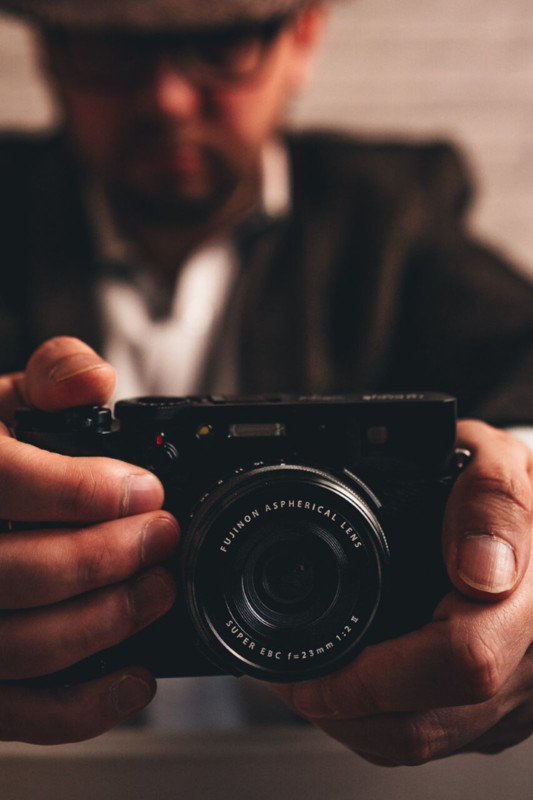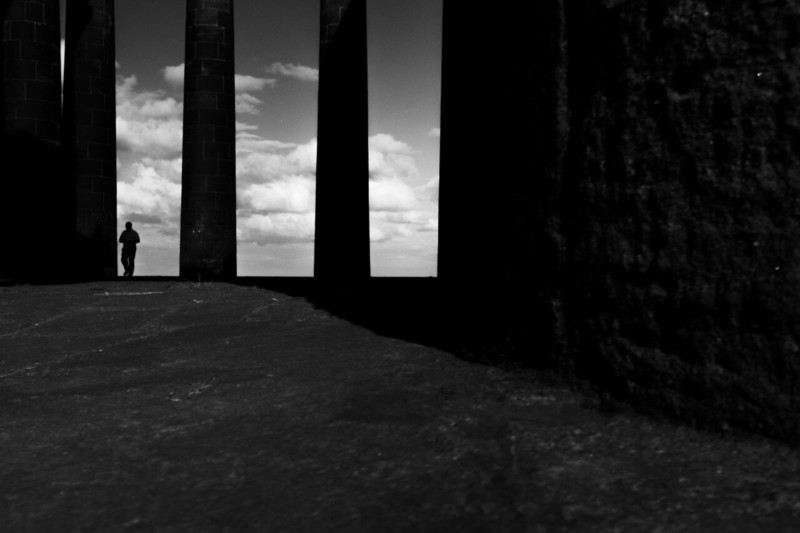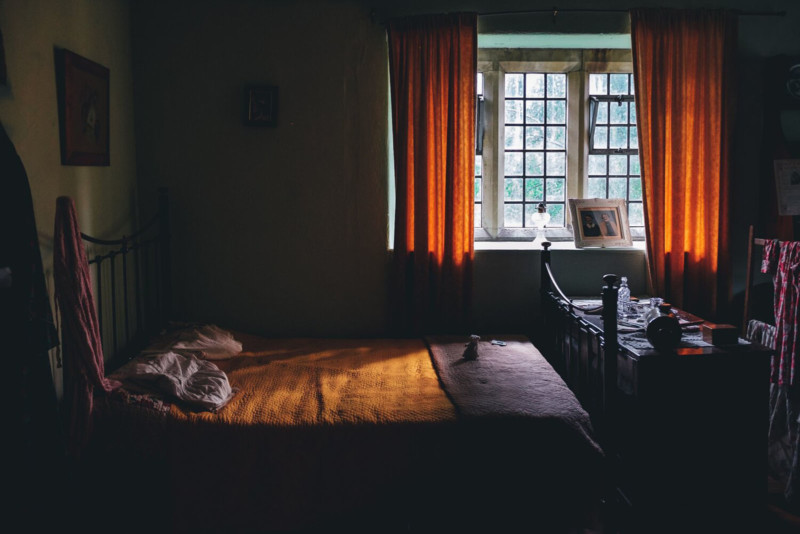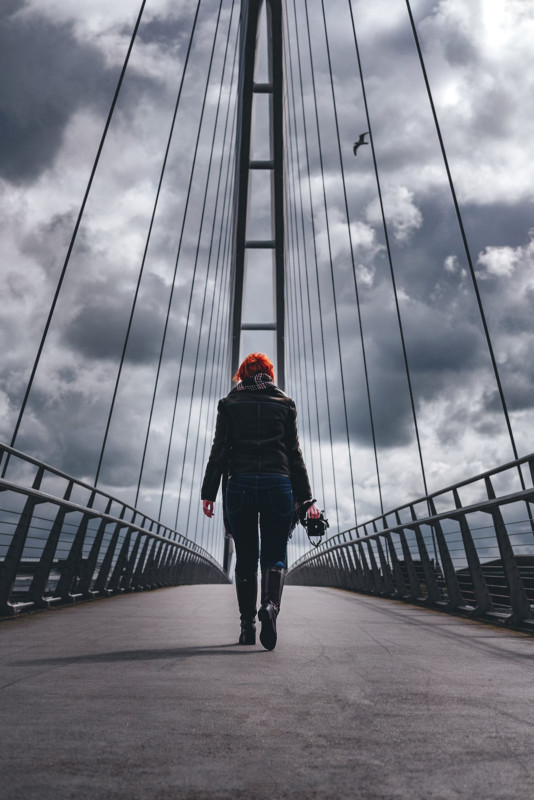
I am not brand loyal. I merely see a camera as a piece of technology that enables me to push my creative process. However, that being said, it doesn’t mean that all cameras are the same. Each system from the various companies out there brings with them both pros and cons against one another and it is down to you, as a photographer, to find out which works best.
Essentially when it comes to a camera there are two questions you want to answer;
1. Is the camera fit for purpose?
2. Do you enjoy using the camera that is in your hand?
These two questions are fundamentally all that you need an answer to.
The camera has to be fit for purpose. If you are a photographer who captures birds in flight, it is no good owning a Ricoh GR III with a fixed 28mm lens, and you will probably be drawn to systems with higher-end autofocus and a range of interchangeable lenses.
The second question is probably the most important for me, and that is: do you enjoy using the camera you own? If you enjoy shooting with the camera in your hand, it will only help motivate you to want to go out and shoot and more shooting means more practice and ultimately the better photographer you will become.
Fujifilm
So how did Fujifilm change my photography?
Around 4 years ago I picked up a cheap Fujifilm X100T. I was shooting with a Nikon D5200 (for personal photography) at the time and a 35mm lens (I was shooting mainly street/general life photography). The reason I opted for the X100T was both cosmetic (that camera is still my favorite X100 series camera) but also because it made me feel much more invisible on the street.
The Nikon D5200 isn’t a huge camera by any stretch but there was something about having that small, chunky black box in front of my face that made me feel I was attracting attention and a little too self-aware. The X100T was small with a slimmer form factor and also my first real experience (beyond small point and shoots and my phone) with a camera EVF. I was won over.

I felt, for the first time, that I was using a capable, yet almost pocketable camera that I could carry with me more to capture everyday events. It was this that led to a complete change in my photography.
First of all, I loved (and still love) using the Fujifilm X100T. I have used many Fujifilm systems and apart from maybe the X-S10 I would say the X100T is my favorite system to use. Now the X100F and X100V are very similar in handling etc however there was always a sense of familiarity and although very capable systems the X100T was my first and that experience of using this system for the first time can never be replicated regardless of updates in specifications.
So I found that I was taking my camera out more and shooting more and naturally I started to capture better images, I found myself improving not only with my compositions but also my instinct for a shot. I also learned exposure settings very quickly with the Fujifilm system and having that EVF and being able to see the impact of my changes to settings leveled up my skills with exposure settings much quicker than any book or YouTube tutorial.
Above all else, though, I was enjoying photography so much more than I had been with my Nikon D5200 and that was mainly down to the ease of having one camera with one fixed lens instead of a camera and a bag of lenses.

That being said, it wasn’t all happy times. I would often get frustrated by the fixed focal length and find myself in the wrong position (being honest this was probably down to me having to learn the 35mm focal length without using the camera and not being prepared). I craved a different ‘look’ to my images at times and felt not every image suited the 35mm ‘look’. I started to want that look I used to get with the Nikon D5200 and my Sigma 35mm Art lens (roughly a 50mm crop sensor equivalent). I wanted options.
So I started to look at moving to an interchangeable system and considered many brands Fuji, Sony, Nikon, Canon, the choices are endless. However I still had that enjoyment with using Fujifilm systems, there really is a joy in having such a small camera, which looks damn good, yet is as capable as the big guns. Therefore I opted for the Fujifilm X-T20 with the 18-55mm kit lens as well as the 23mm f/2 and 35mm f/2 primes.

Now if the X100T was when my love began for Fujifilm, the X-T20 was when I asked for its hand in marriage. Everything I loved about the user experience of the X100T but with the added bonus of small interchangeable lenses. Fantastic image quality from that sensor, quick autofocus, great low light performance (I was shooting ISO 12800 in near pitch black and this little thing kept up), I absolutely loved it.
The X-T20 went on every trip with me, be it days out or holidays and it performed again and again. I was shooting even more than I was with my X100T because I couldn’t put it down and again naturally my photography improved due to shooting more.
I found myself reaching less for the X100T purely because the X-T20 gave me that experience but with the added bonus of being able to shift my focal lengths. Yes, the size was a little larger but not massively so, and to have all of that power and capability in a system body that size was amazing.
I have been a huge fan of Fujifilm systems since then and currently own a few systems from Fujifilm, each giving me something different in terms of experience.
Fujifilm systems ignited my passion for photography much quicker than any other tool or piece of equipment I picked up and that was purely down to experience and output. Fujifilm changed my photography in that their systems motivated me through sheer pleasure of use to get out and shoot.

Today
So where am I today? I own a few Fujifilm systems as well as a Nikon Z6 II and also a Ricoh GR III. Both the Nikon and Ricoh again give me something different when it comes to experience and each fits a different purpose that I feel I do not get with the Fujifilm systems. However, as I said at the beginning, I see cameras as technology to help push my creative process and I look for systems that give me that enjoyment.
There is a famous Chase Jarvis quote, which is ‘the best camera is the one that’s with you,’ and yes it is obvious that is true — I mean the best coat in cold weather is the one that’s with you as something is always better than nothing. However, for me, the best camera for you and your creativity and growth is the one that motivates you to get out and shoot more.
About the author: Lee Thirkellson is a photographer and writer. The opinions expressed in this article are solely those of the author. Thirkellson is the founder of The Northern Street Collective. You can find more of Thirkellson’s work on his website and Instagram. This article was also published here.